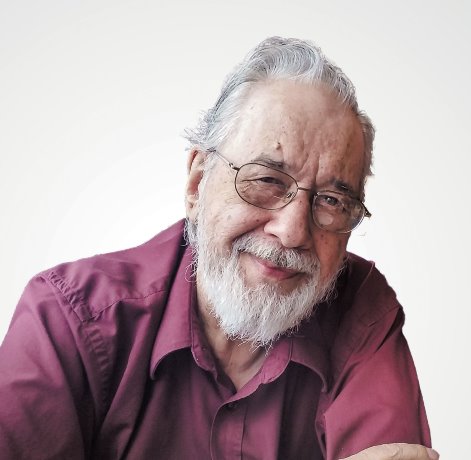A six-storey building in San Diego shook, rattled and rolled one day recently as it was subjected to an earthquake. A test earthquake.
The building was fitted out with more than 250 sensors, more than 40 video cameras and a GPS system, all intended to help researchers assess how well the building stood up to the tremblor. The building was erected on a large shake table at the University of California (UC), San Diego. The test was part of a series aimed at determining whether lightweight steel structures are a better option than wood-frame structures for tall residential buildings in earthquake-prone areas like California.
The building was designed to replicate a six-storey apartment building, so it is equipped with things like water heaters and stoves — things that have the potential to start a fire during an earthquake.
When the test began, the building "jolted, shuddered and let out a hollow, grinding sound, but remained standing," wrote an Associated Press reporter who was on hand for the trial.
The water heaters and some of the flat-screen TVs remained in place, which, to a layman, seems pretty good, considering that the test simulated the 6.7-magnitude Northridge quake that caused heavy damage in the Los Angeles area in 1994. After the test, small drones flew in and around the building, mapping it and assessing damage.
In a way, the drones were part of the test, not just pieces of testing equipment. That’s because researchers want to know whether drones equipped with heat-detection cameras could be used to find survivors and assess damage after earthquakes and the fires that sometimes follow.
As another part of the test, researchers will place pans of heptane, a hot-burning liquid fuel, in eight rooms on the second and sixth floors. Set alight, the flames will quickly generate temperatures as high as 1,000 C. The researchers will use temperature probes and video cameras to assess how damage from the simulated earthquake affected the building’s fire-protection systems.
Tara Hutchinson, a structural engineering professor at UC San Diego, said the research team is optimistic that the building will fare well in all the tests, at least in part because the structure is lighter than a concrete building of the same height. The lightweight steel means the building is more flexible and better able to move with the shaking rather than resisting it.
There are several other tests scheduled as well. One will simulate California’s 7.2-magnitude Cape Mendocino quake in 1993 and the 8.8-magnitude quake in Maule, Chile, in 2010.
And, near the end, researchers from Worcester Polytechnic Institute, in Worcester, Mass., will set rooms on fire to test the frame’s fire resistance.
The use of shake tables to test a building’s resistance to earthquakes has flown under the public’s radar for the most part, but it’s not new.
The first shake table was invented at the University of Tokyo in 1893. It relied on a simple wheeled mechanism to create the shaking.
Since then, the technology has evolved. Modern shake tables use servo-hydraulic actuators to create the shaking. And they have become common, especially in Asia. But many universities and other research institutions in quake-prone areas also have them, some of them quite large.
The University of British Columbia has one that measures four-by-four metres. The table at UC San Diego measures 12.2-by-7.6 metres. The largest I’ve been able to find is in Japan. It measures 20-by-15 metres.
Predicting earthquakes is an iffy proposition. Fault lines are monitored for signs of movement. With luck a small quake might ease pent-up tension somewhat. But when there is large movement, a large release of tension, that’s when we get what some folks near fault lines call "The Big One."
So researchersare working without a timeline. They know The Big One is coming, but they don’t know when.
Korky Koroluk is an Ottawa-based freelance writer. Send comments to editor@dailycommercialnews.com.





Recent Comments
comments for this post are closed